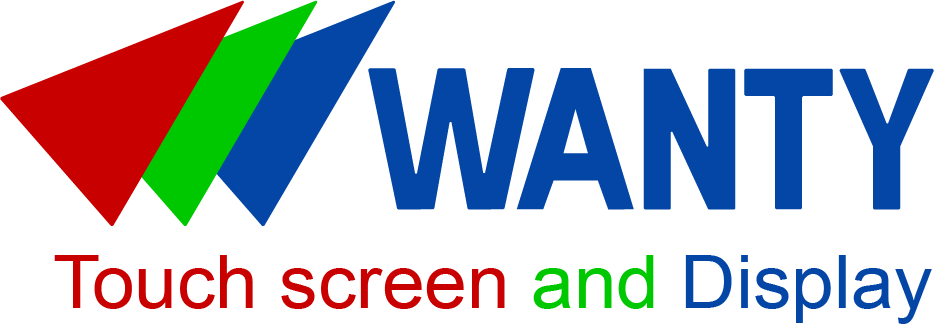Custom Capacitive Touch Screen Service: Tailored Solutions for 2025
News
Jun-22-2025
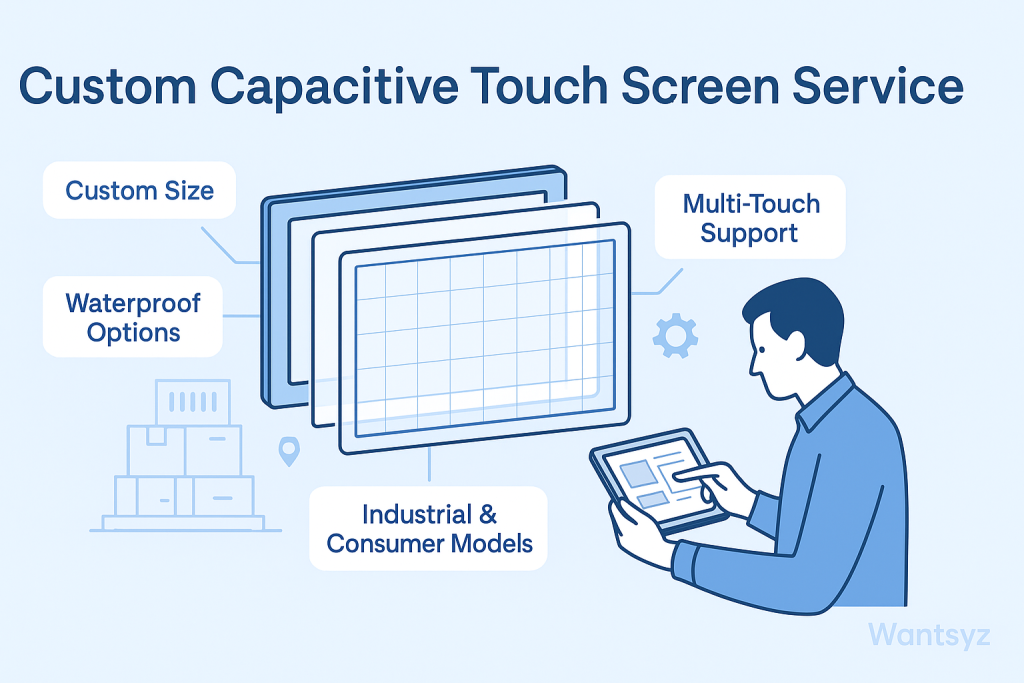
Imagine tapping a sleek car dashboard or a rugged factory control panel that fits your exact needs. That’s the power of a custom capacitive touch screen service. These tailor-made screens are designed to match unique project requirements, from size to durability. Whether you’re building a medical device or an outdoor kiosk, a custom touch panel service ensures your touchscreen performs perfectly. In 2025, businesses across industries rely on customized capacitive touchscreens for innovative, user-friendly designs. Ready to learn how tailor-made PCAP screens can elevate your project? This guide breaks down the process, options, and benefits with simple examples. Let’s explore why a custom display interface is the key to standing out!
What Is a Custom Capacitive Touch Screen?
A custom capacitive touch screen service creates touchscreens tailored to your specific needs, unlike off-the-shelf models with standard sizes or features. These screens use projected capacitive technology to detect light touches through a glass surface, offering multi-touch and high clarity. Customization lets you adjust screen dimensions, thickness, or features like glove support. For example, a hospital might need a glove-compatible screen for surgical monitors, while a carmaker wants a curved display for a dashboard. Curious about the basics? A custom touch panel service ensures your screen fits your device perfectly, enhancing user experience. From small wearables to large kiosks, these screens are built to match your vision, making them ideal for OEM and ODM projects across industries.
Common Use Cases That Require Custom Touch Panels
Capacitive touch screen use cases span many industries, and custom solutions shine where standard screens fall short. In medical interfaces, hospitals use tailored PCAP screens for patient monitors that work with gloves and are easy to clean. In industrial environments, factories need rugged screens that resist dust and support glove support. Automotive companies use curved custom display interfaces for infotainment systems. Outdoor kiosks, like those at amusement parks, require waterproof, sunlight-readable screens. Retail stores use large, multi-touch displays for interactive customer experiences. Aerospace demands precise, compact screens for cockpits. These tailor-made PCAP screens are designed to meet specific needs, ensuring reliability and performance. For more examples, check out Capacitive touch screen use cases. Custom services deliver solutions that standard screens can’t match.
Why Off-the-Shelf Doesn’t Always Work
Standard capacitive touch screens come in fixed sizes, like 7 or 15 inches, with preset features. But what if your project needs a 12.3-inch curved screen for a car dashboard or a glove-compatible display for a factory? Off-the-shelf screens often lack the right screen dimensions, thickness, or interface options. They may not withstand rugged environments or support specialized features like waterproof coatings. For example, a medical device might need a specific controller IC for precision, which standard screens don’t offer. A custom capacitive touch screen service solves this by tailoring every detail to your project. This ensures better user experience, compatibility, and durability. Off-the-shelf screens are fine for generic uses, but OEM projects often demand the flexibility of custom touch panel services to meet unique requirements.
Customizable Options for Capacitive Touch Screens
A custom capacitive touch screen service offers endless possibilities. You can adjust:
- Size and Shape: From 3.5-inch wearables to 55-inch kiosks, or curved designs for cars.
- Thickness: Thin for slim devices or thick for rugged applications.
- Interfaces: USB, I2C, or UART for seamless custom display integration.
- Bezel Integration: Custom bezels for sleek or rugged enclosures.
- Cover Glass: Options like Gorilla Glass or acrylic for durability or cost savings.
For example, a retail kiosk might need a large, anti-glare screen, while a smartwatch requires a tiny, curved display. These options let you match screen dimensions and thickness to your project’s needs, ensuring a perfect fit. Customization enhances touch sensitivity and functionality, making tailor-made PCAP screens ideal for OEM and ODM projects across industries.
Projected Capacitive Technology in Custom Screens
Projected capacitive (PCAP) technology is the heart of most customized capacitive touchscreens. PCAP uses a sensor grid to detect touches through a glass surface, offering multi-touch and high touch sensitivity. Unlike standard capacitive screens, PCAP can be customized for glove support, waterproof features, or thick glass for rugged use. For instance, a factory control panel might use a PCAP screen that works with gloves and resists grease. PCAP’s flexibility makes it perfect for custom touch panel services. Want to dive deeper? See How capacitive touch screens work. PCAP ensures custom display interfaces are precise and reliable, from medical monitors to outdoor kiosks, making it a top choice for specialized applications in 2025.
Cover Lens Customization
The cover lens is the outer layer of a custom capacitive touch screen, and it’s highly customizable. Options include:
- Glass: Standard for high clarity displays and screen durability.
- Gorilla Glass: Extra tough for consumer devices like smartphones.
- Acrylic: Lightweight and cost-effective for budget projects.
- Thickness: 0.7mm for slim devices or 3mm+ for rugged applications.
For example, a car dashboard might use curved Gorilla Glass for style and strength, while a kiosk might use thick acrylic for cost savings. The right cover glass enhances user experience and protects the conductive layer. Customization ensures the lens matches your project’s needs, balancing cost, durability, and clarity for optimal performance in OEM or ODM designs.
Touch Controller Options and Sensitivity Settings
The controller IC is the brain of a custom capacitive touch screen service, processing touch inputs. You can customize:
- Controller Type: Options like Atmel or Synaptics for specific interface options.
- Sensitivity Settings: Adjust for light touches or glove compatibility.
- Multi-Touch Points: 2–10 points for gestures like pinching or swiping.
- Response Speed: Optimized for gaming or precision tasks.
For example, a surgical monitor might need a high-sensitivity controller IC for precise inputs, while a kiosk might prioritize multi-touch for user navigation. Custom settings ensure the touch sensitivity matches your application, enhancing user experience. A custom touch panel service lets you fine-tune the controller for OEM projects, ensuring seamless integration and performance.
Multi-touch, Stylus, and Glove-Support Configuration
Customized capacitive touchscreens can be tailored for:
- Multi-Touch: Supports 2–10 fingers for gestures like zooming or rotating, ideal for tablets.
- Stylus Support: Precise inputs for drawing or signing, common in medical devices.
- Glove Support: PCAP screens can work with gloves, perfect for industrial environments or hospitals.
For instance, a factory control panel might need glove support for workers, while a graphic tablet requires stylus precision. These configurations make tailor-made PCAP screens versatile for custom display integration. Customization ensures the screen meets specific input needs, boosting functionality and user experience for OEM projects across industries.
Waterproofing and Environmental Tuning for Harsh Conditions
Custom capacitive touch screen services can add waterproof features for rugged environments. PCAP screens can be tuned to resist water, dust, or extreme temperatures. For example, an outdoor kiosk might need a waterproof screen to handle rain, while a factory panel resists grease and dust. Environmental tuning includes sealed edges or protective coatings to ensure screen durability. These features make projected capacitive screens reliable in harsh settings like construction sites or marine applications, ensuring consistent touch sensitivity and performance.
Optical Bonding and Sunlight Readability Enhancements
Optical bonding glues the cover glass to the display, reducing glare and boosting high clarity displays. This enhances sunlight readability, crucial for outdoor kiosks or car dashboards. For example, a park ticketing kiosk with optical bonding stays clear in bright sunlight. Anti-glare coatings further improve visibility. These enhancements increase custom touch display prices but ensure a premium user experience in challenging lighting conditions. Custom display integration with optical bonding is ideal for OEM projects needing robust, readable screens.
EMC Shielding, Anti-Fingerprint, and Anti-Glare Coatings
Custom screens can include specialized coatings:
- EMC Shielding: Protects against electromagnetic interference, vital for medical or aerospace devices.
- Anti-Fingerprint: Reduces smudges for a clean glass surface, common in retail kiosks.
- Anti-Glare: Minimizes reflections for sunlight readability, used in automotive displays.
For example, a hospital monitor might use EMC shielding to avoid interference with other equipment, while a store display needs anti-fingerprint coatings for cleanliness. These features enhance screen durability and user experience, making customized capacitive touchscreens ideal for specialized OEM applications.
Custom Screen Integration in Enclosures and Devices
Custom capacitive touch screen services ensure seamless bezel integration into enclosures or devices. Options include:
- Flush Bezels: Sleek, edge-to-edge designs for consumer electronics.
- Rugged Bezels: Reinforced frames for industrial environments.
- Curved Enclosures: For automotive or aesthetic applications.
For instance, a car dashboard might use a curved custom display interface with a flush bezel for a modern look. Integration ensures the screen fits perfectly, enhancing user experience and screen durability. A custom touch panel service aligns the screen with your device’s design, critical for OEM and ODM projects.
How the Customization Process Works (Step-by-Step)
Creating a tailor-made PCAP screen follows these steps:
- Define Requirements: Specify screen dimensions, thickness, and features like glove support.
- Consult with Manufacturer: Work with engineers to design the custom display interface.
- Prototype Development: Build and test a sample screen.
- Testing and Feedback: Check touch sensitivity and compatibility.
- Production: Manufacture the final screens with agreed specs.
- Integration and Delivery: Install screens into your devices.
This process ensures your custom touch panel service meets project needs. For supplier options, see Capacitive touch screen manufacturer.
Working with a Capacitive Touch Screen Manufacturer
Partnering with a capacitive touch screen manufacturer ensures quality and precision. Top manufacturers like Elo, Zytronic, or Touch International offer:
- Expert Guidance: Engineers help design your custom display interface.
- Prototyping Support: Test samples before full production.
- Certifications: ISO 9001, RoHS, or ISO 13485 for medical applications.
- After-Sales Support: Warranties and technical help for OEM projects.
For example, Zytronic’s no-MOQ policy suits small projects, while Elo’s robust support fits large-scale B2B orders.
MOQ, Lead Times, and Prototyping Support
Custom capacitive touch screen services vary by MOQ and lead times:
- MOQ: Zytronic offers no MOQ, while others require 100–1,000 units.
- Lead Times: Prototypes in 4–8 weeks, production in 8–12 weeks.
- Prototyping: Suppliers like Touch International provide low-cost samples ($50–$500).
Low MOQs and fast prototyping help test tailor-made PCAP screens before committing. Plan lead times to meet project deadlines, especially for ODM projects.
Quality Testing, Certifications, and Reliability
Quality is key in custom touch panel services. Manufacturers test for:
- Touch Sensitivity: Ensures accurate multi-touch and stylus support.
- Durability: Checks glass surface for scratch and impact resistance.
- Environmental Resistance: Tests waterproof or glove support features.
Certifications like ISO 9001, RoHS, or IATF 16949 (automotive) ensure reliability. For example, medical screens need ISO 13485 for safety. These standards guarantee customized capacitive touchscreens perform in rugged environments or critical applications.
Cost Factors in Custom Screen Design
Custom touch display prices range from $100–$5,000, driven by:
- Screen Dimensions: Larger screens cost more (e.g., $500 for 21 inches).
- Features: Glove support, waterproof, or optical bonding add $50–$500.
- MOQ: Lower MOQs raise per-unit costs; bulk orders save.
- Materials: Gorilla Glass or EMC shielding increases costs.
For example, a rugged PCAP screen for a factory might cost $1,000, while a simple 7-inch screen costs $150. Budget for lead times and prototyping costs.
Where to Buy or Request Custom Capacitive Screens
To buy a capacitive touch screen with custom features:
- Manufacturers: Elo, Zytronic, Faytech for direct custom touch panel services.
- Distributors: TouchWo, Reshine Display for bulk or standard options.
- Marketplaces: Alibaba for B2B orders, but verify supplier quality.
Conclusion: Is Custom the Right Fit for Your Project?
A custom capacitive touch screen service delivers tailored solutions for 2025, from consumer electronics to industrial environments. Whether you need a curved custom display interface for a car, a waterproof kiosk screen, or a glove-compatible medical monitor, tailor-made PCAP screens meet unique demands. With multi-touch, glove support, and optical bonding, these screens enhance user experience and screen durability. While costs range from $100–$5,000, the investment pays off with precise, reliable performance. Not sure if custom is right for you? Evaluate your screen dimensions, controller IC needs, and environment.
Related Topics
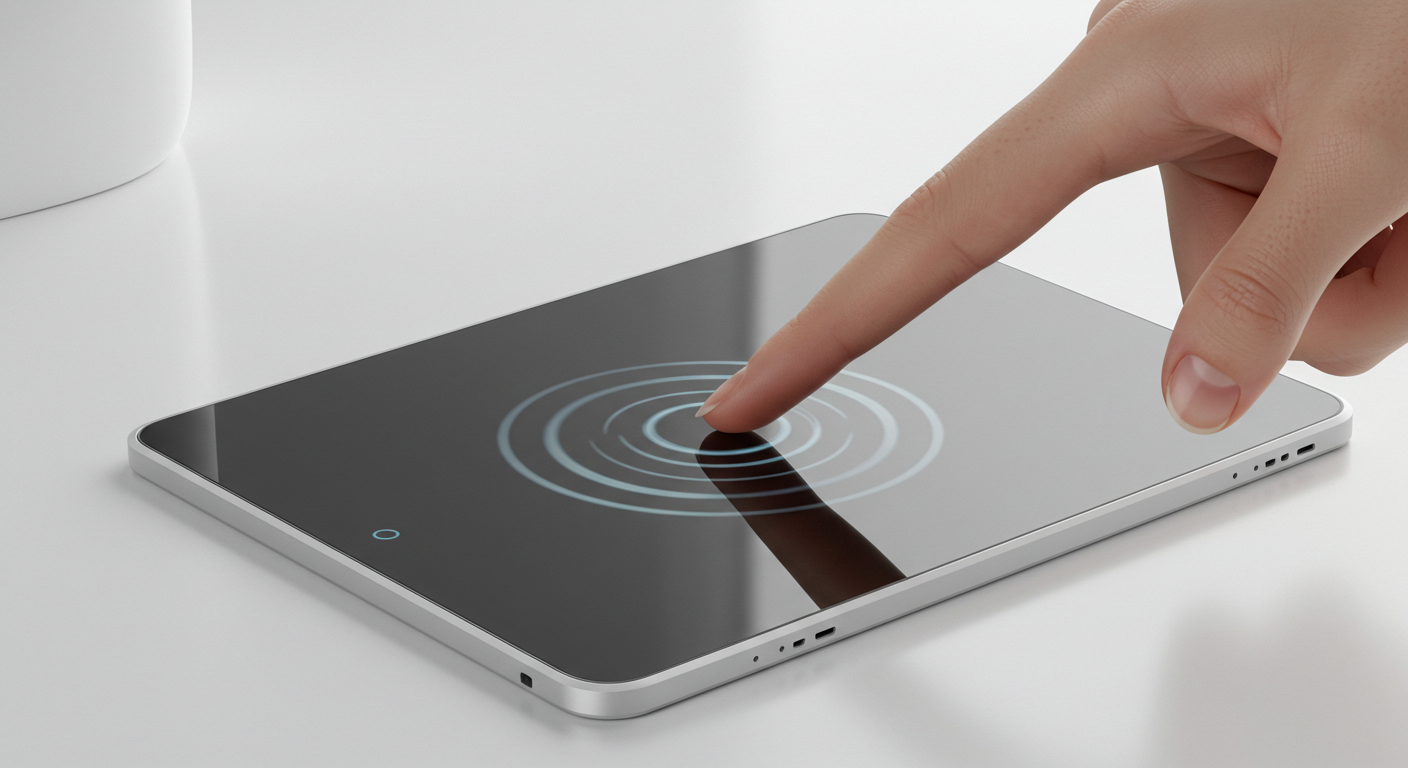
Capacitive Touch Integrated Touchscreen: 2025 Technology
Aug-25-2025
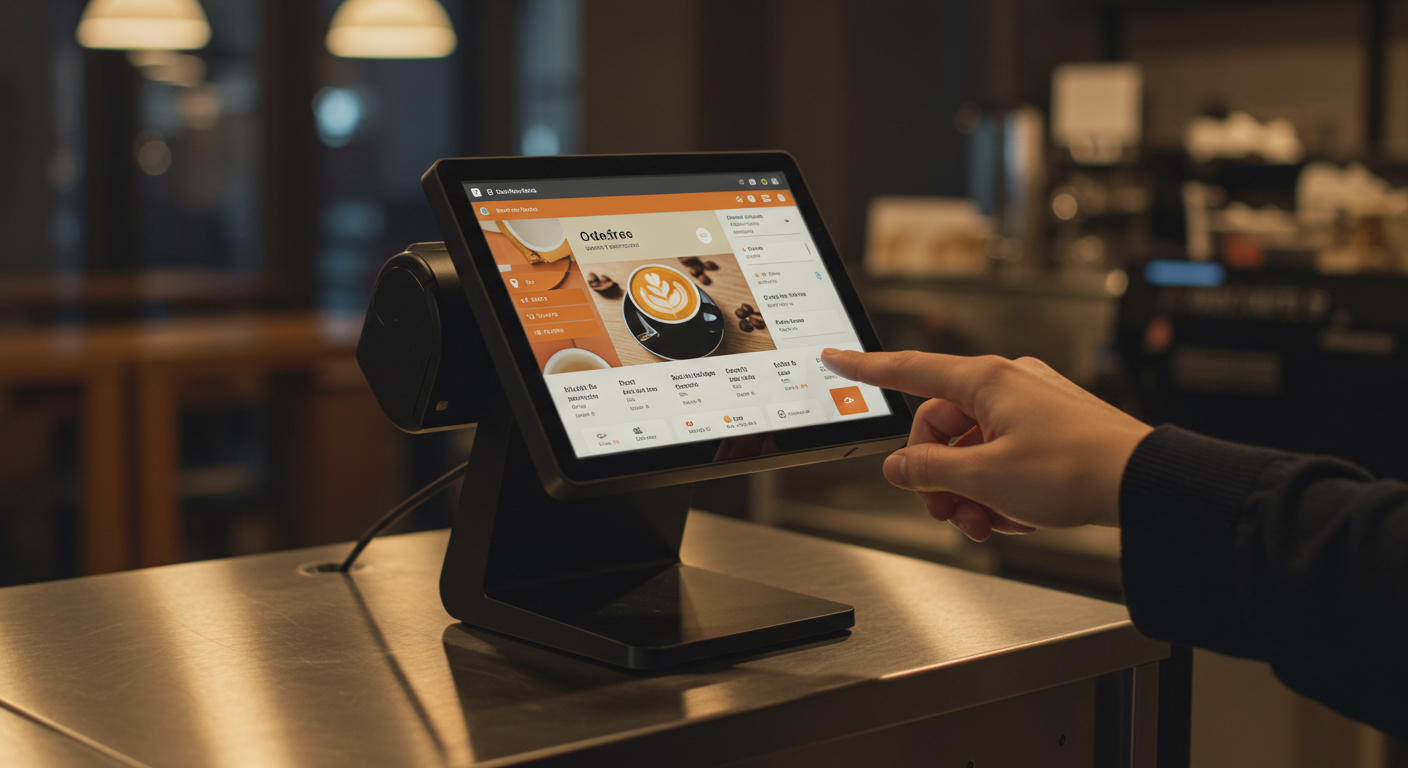
Capacitive Touch Screen POS Terminal – Next-Gen Solutions
Aug-25-2025

Capacitive Touch HMI Interface | Durable & Ergonomic Control
Aug-24-2025
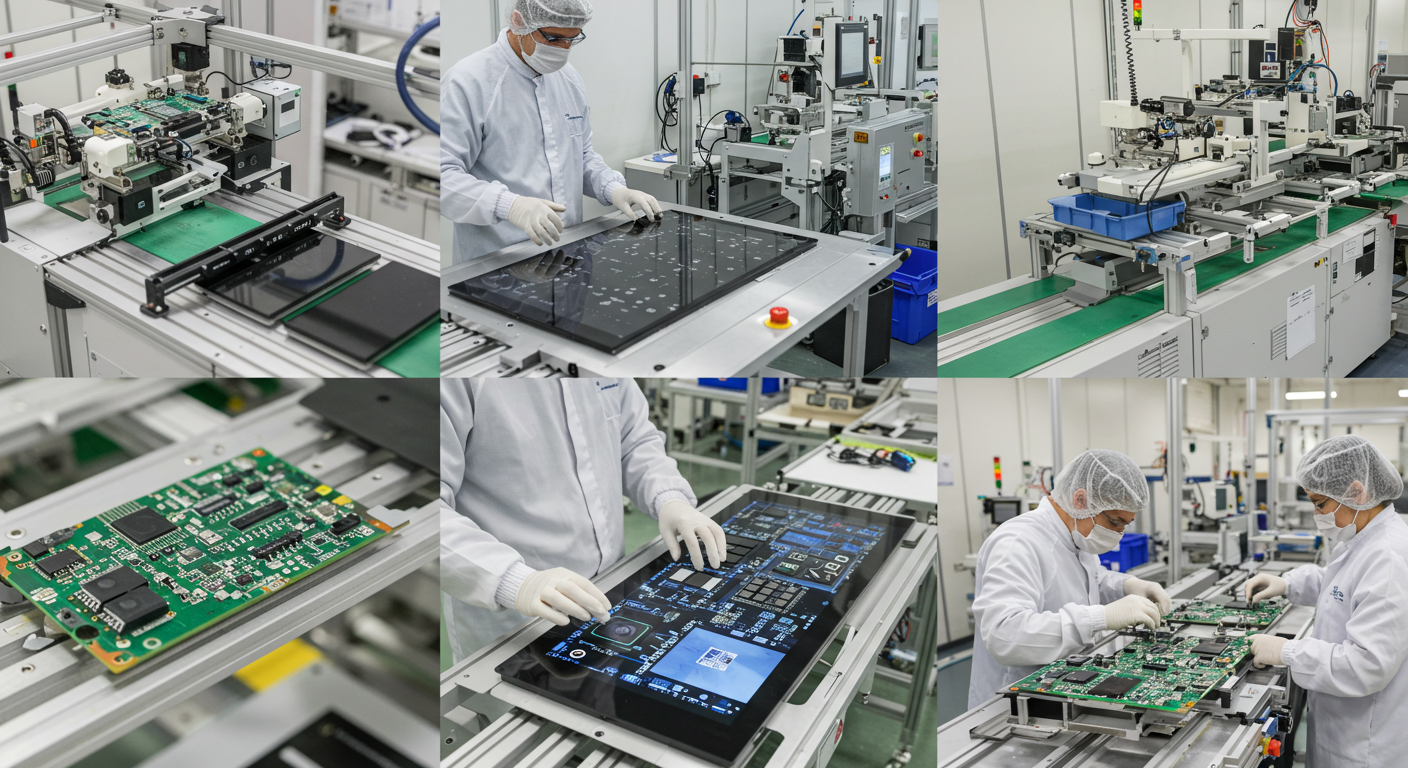
Capacitive Panel OEM Manufacturers – Custom Touchscreen Solutions
Aug-24-2025
Get a Free Quote
✔ 16 Years Manufacture Service ★★★★★
✔ 3 Technical Experts And 52+ Project Engineers Will Assiste You
✔ Wanty Employs Over 52 Engineers, Many Of Whom Come From Leading Tft Lcd Module Companies Such As Tianma And Boe-Varitronix. Each Core Team Member Brings 15 Years Of Industry Experience.
✔ If you would like more information about our products and services, please contact us. Whether you need a standard solution or a customized one, we are here to meet your needs.
✔ Please complete the form below, and the selected location will contact you promptly. Thank you for visiting, and have a great day!
